What will Gerry McGovern do at Jaguar? This has been the hottest question in British car design circles since January, when creative, combative, single-minded McGovern was elevated to the new position of chief creative officer at Jaguar Land Rover by CEO Thierry Bolloré, himself just four months into the job.
Whereas the Englishman was previously responsible only for Land Rover design (a job that he accomplished with both design brilliance and commercial acumen), he would now also be a key figure in the future of Jaguar – a brand far more troubled and far less successful.
A couple of weeks after McGovern’s promotion, Bolloré shocked the car world with a radical plan for wholesale change at JLR called Reimagine. It proposed a progressive path for Land Rover but huge changes for Jaguar.
By 2025, Sir William Lyons’ famous marque would ditch most of its line-up in favour of a smaller, all-electric, non-SUV family of cars built on one new platform. It would even kill the yet-to-launch XJ electric limousine, a flagship of the previous management’s way of doing things.
The floodgates of speculation opened wide. If Jaguar saloons weren’t selling and SUVs weren’t the future, what on earth would post-2025 models be like? Was the 86-year-old sports and prestige car marque about to move to the margins of production numerically speaking, like Aston Martin and Bentley? Would Jaguar, for all its proud Le Mans 24 Hours history, still be able to call itself a sports car company? What would now be made of the proud 1940s-to-1970s heritage so often used to shore up the company’s present? McGovern was suddenly at the centre of such decisions.
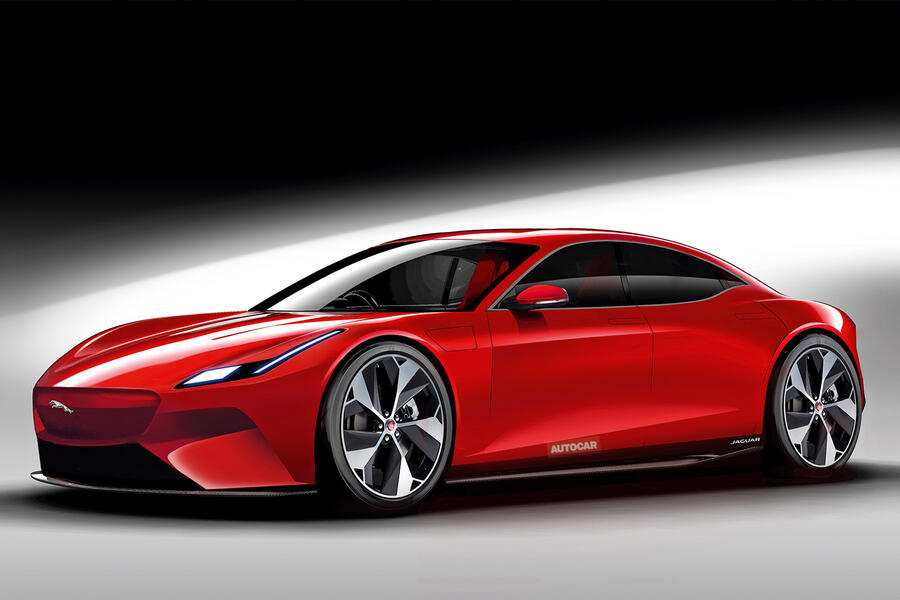
Like a few hundred other media outlets, Autocar clamoured for an interview. Unlike most, we were successful, last week enjoying an exclusive and candid 50-minute chat with him almost entirely on Jaguar matters. Land Rover was hardly mentioned; after all, with the much-acclaimed new Defender just launched, a game-changing new Range Rover ready to go and a raft of electrified models already planned, the SUV maker’s future is looking good.
In encounters like this, the first question can often be hard to frame, but this time it was easy: was it Bolloré’s arrival that triggered Jaguar’s move into EVs, and was McGovern himself implicit in that decision? “You’ve got to go back a few steps,” McGovern answers carefully. “Naturally, our whole board had been thinking a lot about Jaguar’s future, even before Thierry’s arrival.
“Thierry brought a new mindset, a fresh understanding of the luxury business – perhaps because he’s Parisian. His view was that Jaguar’s key future differentiator had to be exceptional desirability. The change to EVs was important, but that was coming at us anyway. Desirability would make the difference, and we needed to get on with delivering that.”
The obvious connection here – and undoubtedly the reason McGovern was given his bigger job – is that since his return to Land Rover in 2004, he has become increasingly expert at creating desirability in cars.
The first concept built under his leadership was the LRX (aka the Range Rover Evoque), which became the most successful Land Rover in history and remains the envy of the design world. Chuck in two successful Range Rovers, the Range Rover Sport, the Range Rover Velar, the Discovery Sport and the Defender and you have a back catalogue to die for. Only the latest Discovery is a bit off-beam, and you could argue that’s because management and marketing didn’t position it well enough.
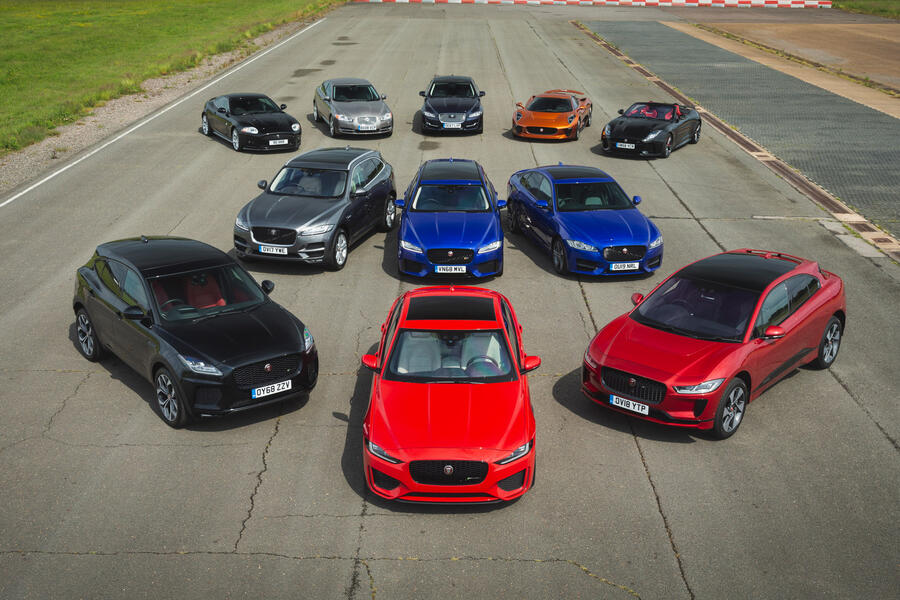
McGovern says that he didn’t push for his new role, although he did offer the opinion that such a person would be needed under the Reimagine plan.
“I wasn’t saying that person should be me,” he explains, “but I knew that we needed a kind of editor, working with the Land Rover and Jaguar design directors to maximise design’s contribution to the total business. The job wouldn’t just be about creating products; it would be understanding brand essences and how we communicate them through advertising and through the configurators, how we take products to market, everything. We talked about it, and then Thierry asked me if I wanted it.”
McGovern professes not to have been involved with Jaguar at all during the days of Sir Ralf Speth and (“my old mate”) Ian Callum, and he sincerely approves of the huge progress they made in ditching backward-looking designs over the past decade, but he feels the big board’s decision to chase the likes of Audi and BMW was wrong.
“I’m not criticising Ian,” he insists. “It wasn’t his decision. But I do feel that pushing Jaguar head to head with the Germans wasn’t right. In future, the cars must be more unique, less mainstream. I used to encourage Ian to push more for that, but he’s a nicer guy than me.”
So what will Jaguar’s products be like? We now know that SUVs are out, and there’s strong sales evidence that saloons aren’t the answer. So what does that leave? The cars that answer the question are still being developed, says McGovern mysteriously, but don’t expect them necessarily to conform to existing market sectors. Will Jaguar still be a sports car maker? “Yes, definitely.”
“We’re looking at new categories, new niches,” McGovern says. “It really is that open. Jaguar needs to forget constraints. The old way – ‘here’s the architecture, now you guys draw around it’ – simply isn’t going to give us what we want. On design language, we’re looking at three generic approaches, and we will probably make a decision on which to use over the next few weeks.”
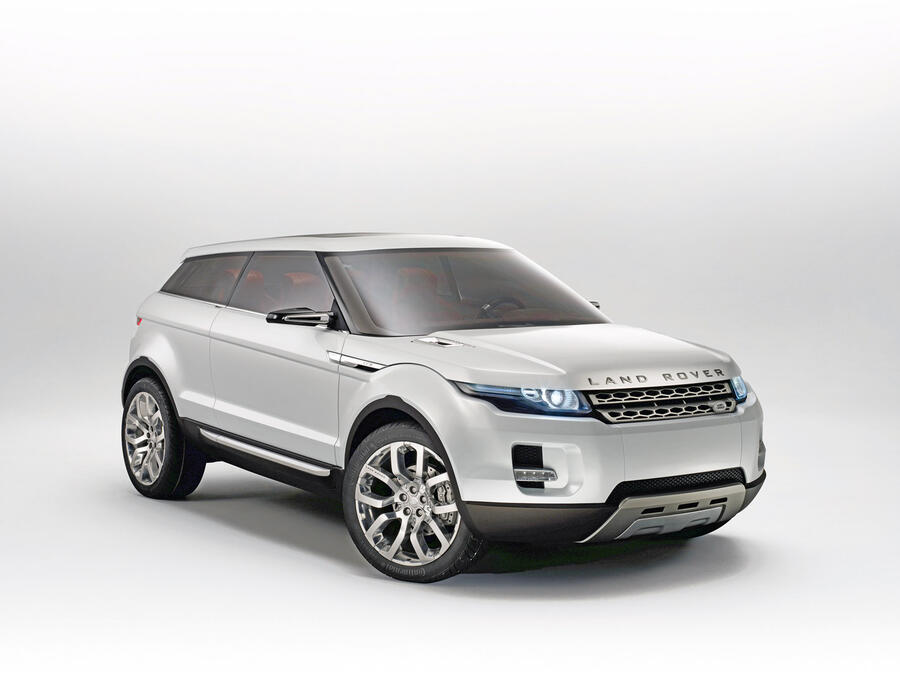
“Jaguar will be about attainable luxury,” he continues. “We’ve defined a type of buyer: creatively minded people who are design literate and consider design an important component of what they buy. They’re cultured and enjoy technology, although they’re not classic car nuts. In value terms, they might buy a Tesla or a Porsche Taycan today.
“We’re not interested in chasing volume any more. If it comes as a consequence of success, fine, but it’s more about making desirable products to build brand equity. Profit margins will come with that.”
“Jaguar designs will be compelling and jaw-dropping,” he continues. “One word I like is exuberant. Even shocking, but in a good way. Our new cars will resonate with customers on a visceral level. You will look at one and think there’s nothing else like it. We’ve got some great guidance on that: Jaguars were like that in the 1960s into the 1970s, the days of the E-Type, XJ and XJS. They always had a sense of the new. As Sir William Lyons always said, Jaguars are a copy of nothing. That was a brilliant thing to say.”
McGovern says a great deal of work has already been done under Jaguar design boss Julian Thomson, who told Autocar some of this several months ago. The design strategy – in effect, the written principles that will be applied to designing the new cars – has already been decided.
Jaguars will be “absolutely modern and relevant”. Their desirability will be created through sophistication of proportion, surface and form, not embellishment and lots of extraneous lines (which McGovern calls “Zorro design”). Lowness is a Jaguar design value that could well be put to use in some cars, and some are likely to keep their long bonnets.
“There’s a movement among EV designers to extend the cabin and shorten the bonnet, because you can,” says McGovern. “But we’re not convinced that’s the right look for Jaguar. It doesn’t deliver the exuberance we want.”
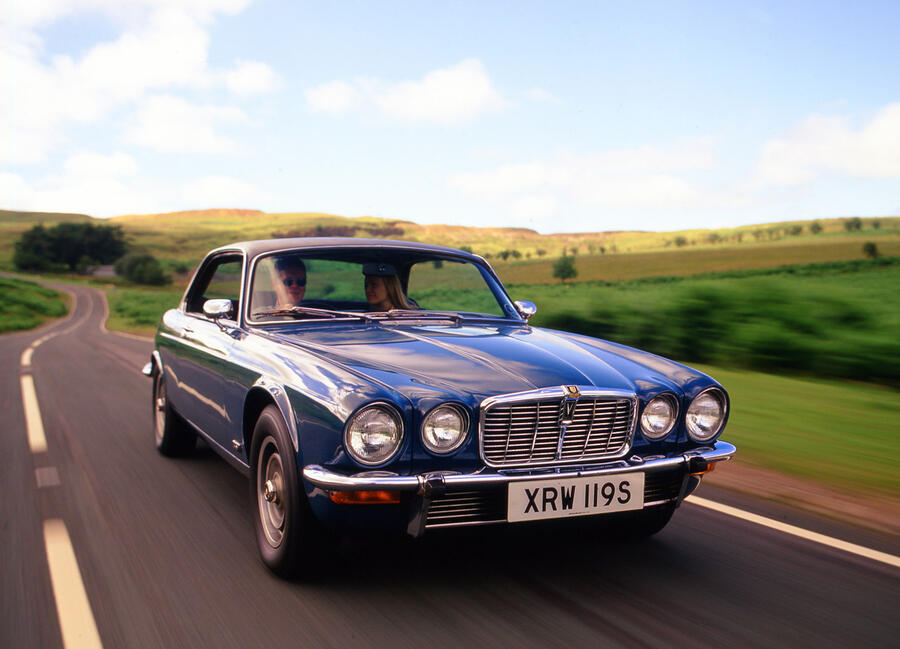
On heritage, McGovern believes that Jaguar mustn’t look back too much – something it has done before. “After Lyons, Jaguar became too focused on looking back on the great designs of the 1960s and 1970s,” he explains. “That made the cars look far too traditional for a while. It changed in the past 20 years, but then the company took a strategy route that didn’t allow it to flourish.
“I’m as respectful of the heritage as anyone else, and I can definitely admire it, but I never forget that those cars were created by people who were looking forward. They were influenced by their surroundings and by a gut feeling of what was right, not by previous models.
“In my book, the only thing that has to look traditional about a Jaguar is the badge. I really don’t think anything else matters. Of course, if in the investigations we’re doing there are elements in the past DNA that can be salient again, I’m not averse to that. But when you see a desirable new car, does your reaction need to be ‘Wow, that’s a new Jag’, or just ‘Wow’? I think it’s the second answer.”
READ MORE
Electric Jaguar XJ scrapped as part of brand reinvention plan

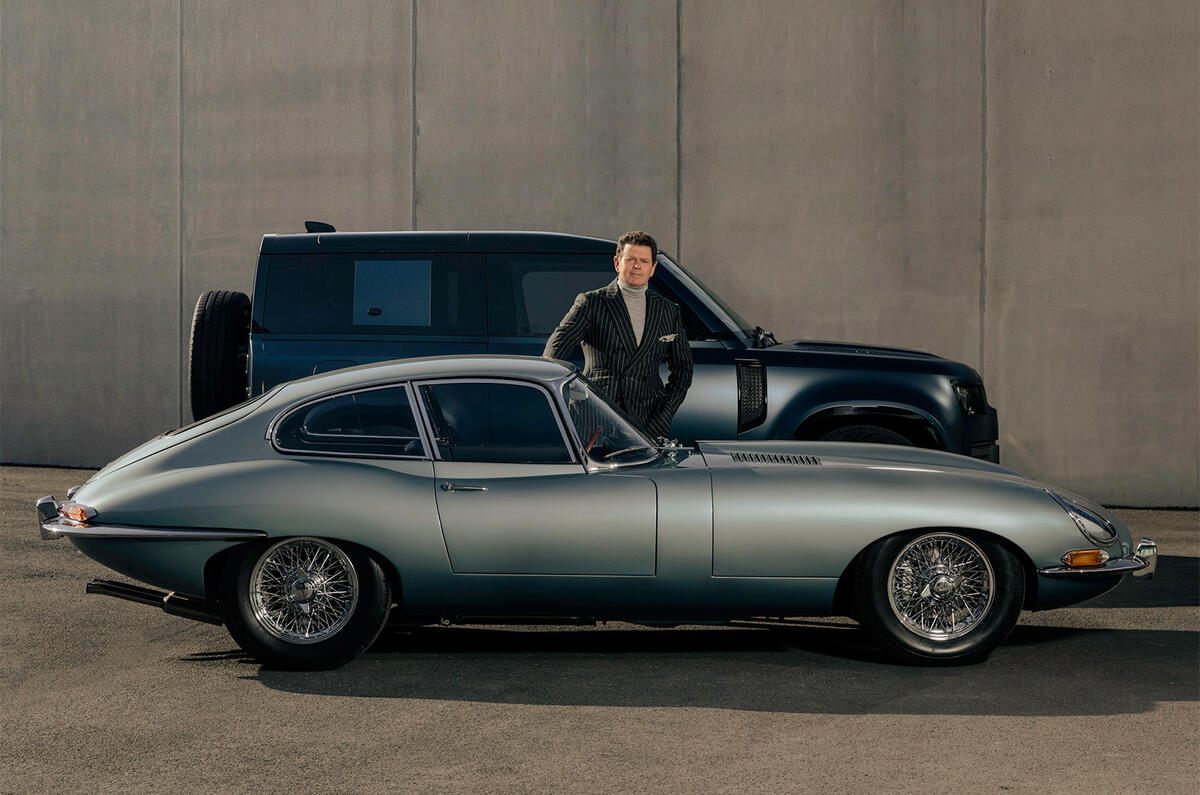

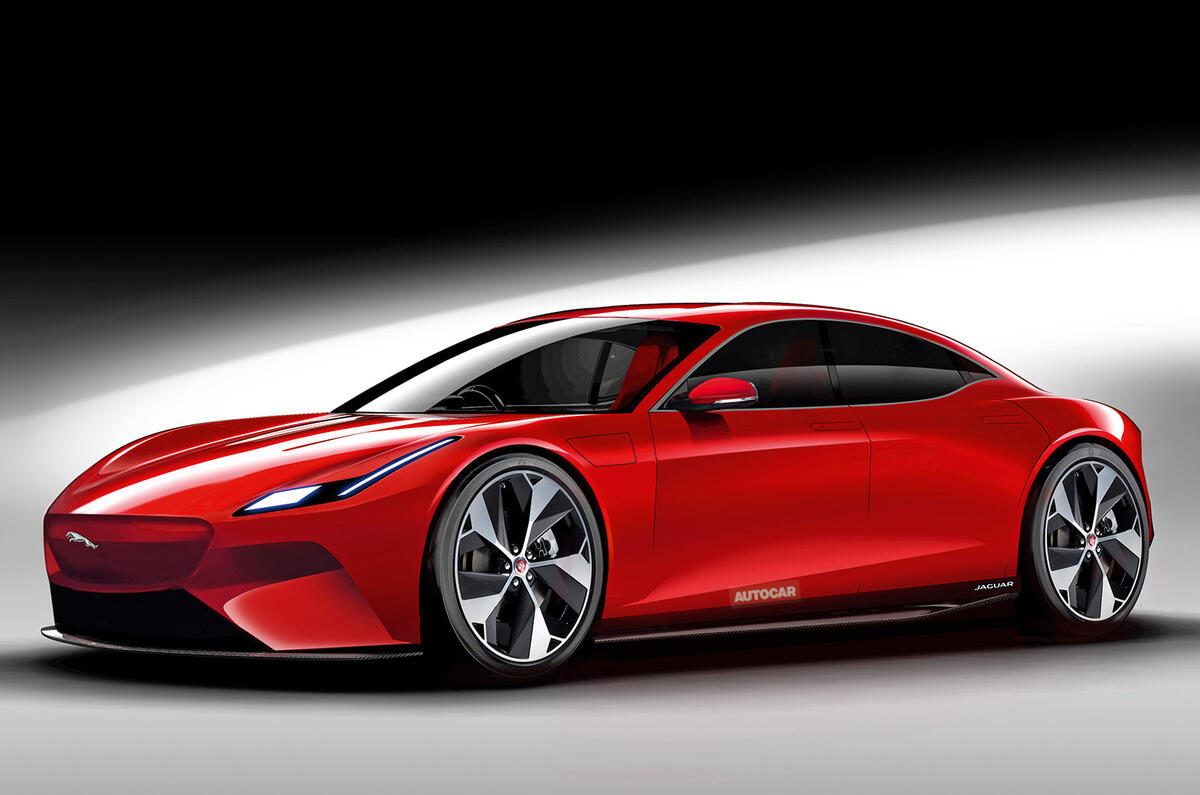
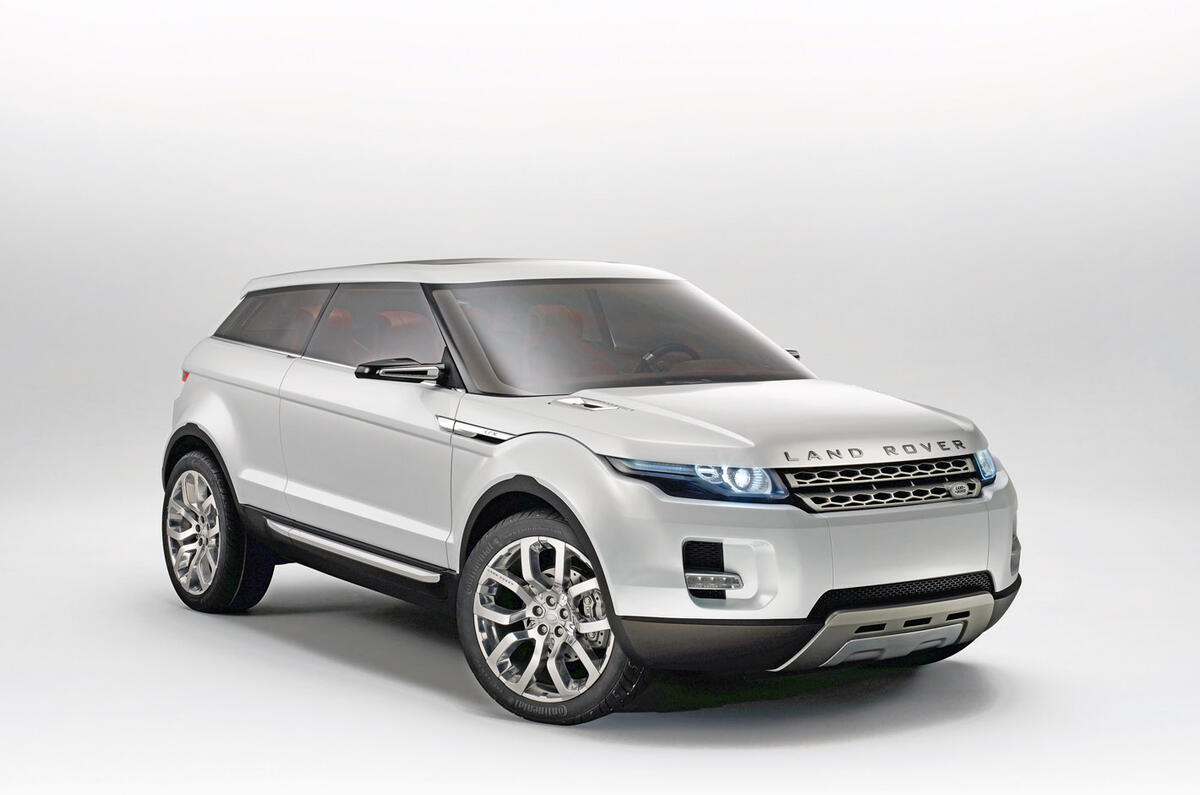
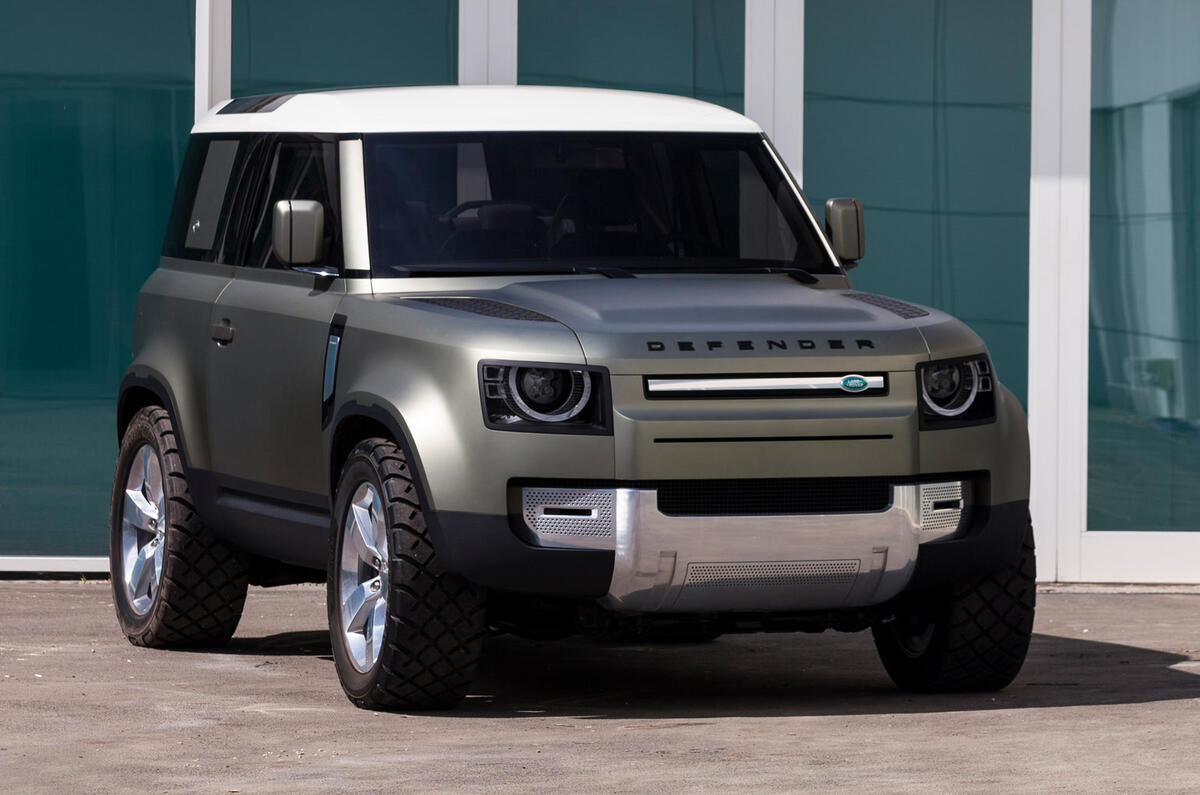
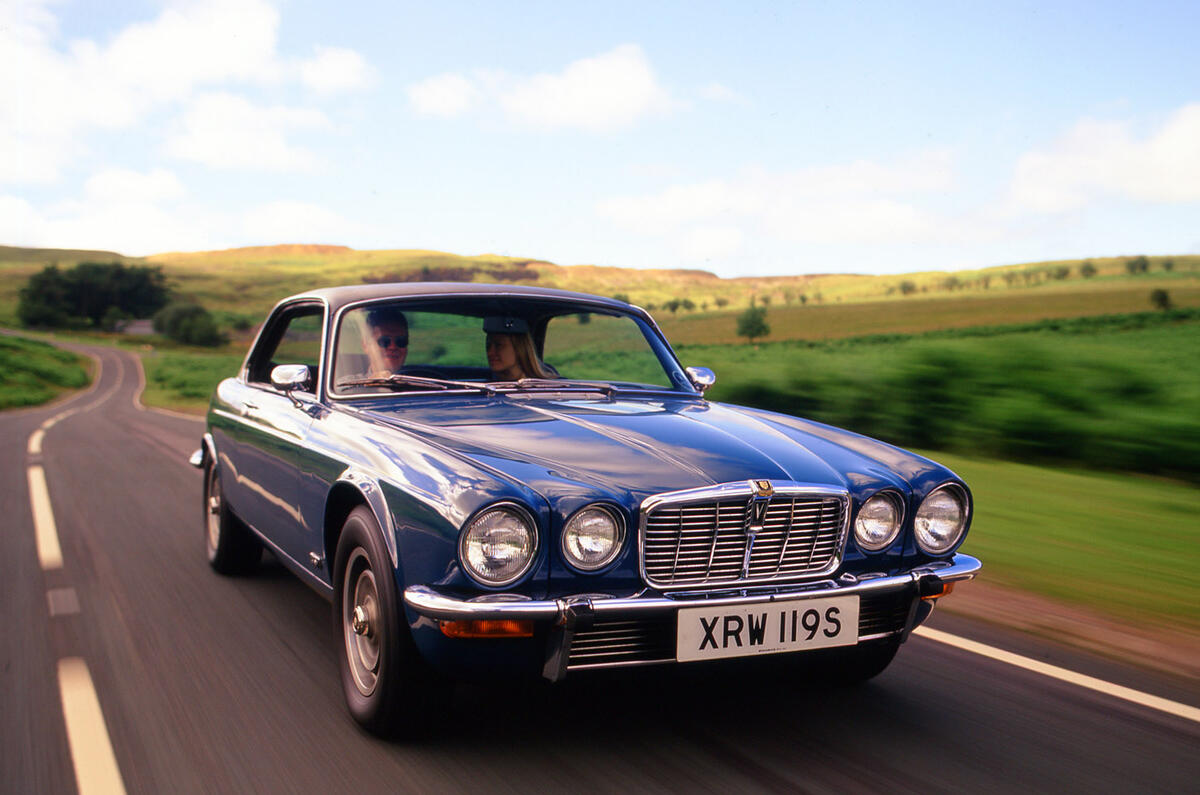
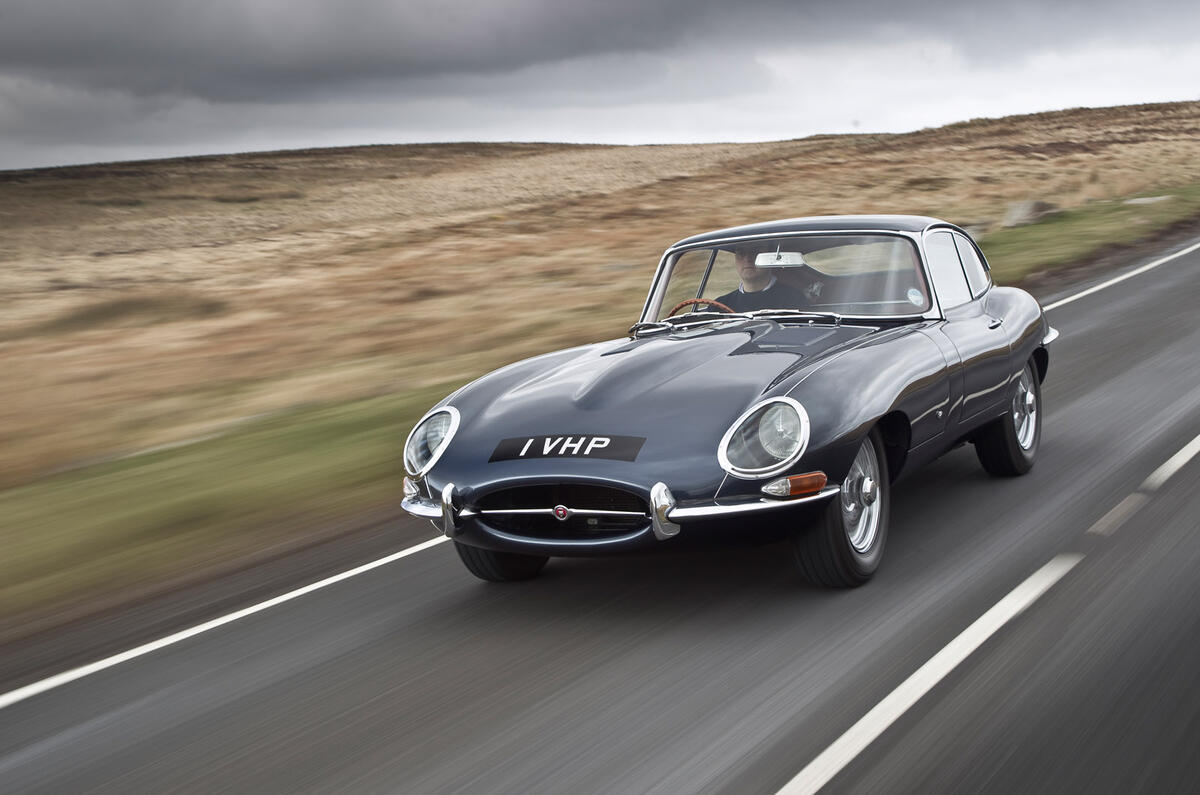
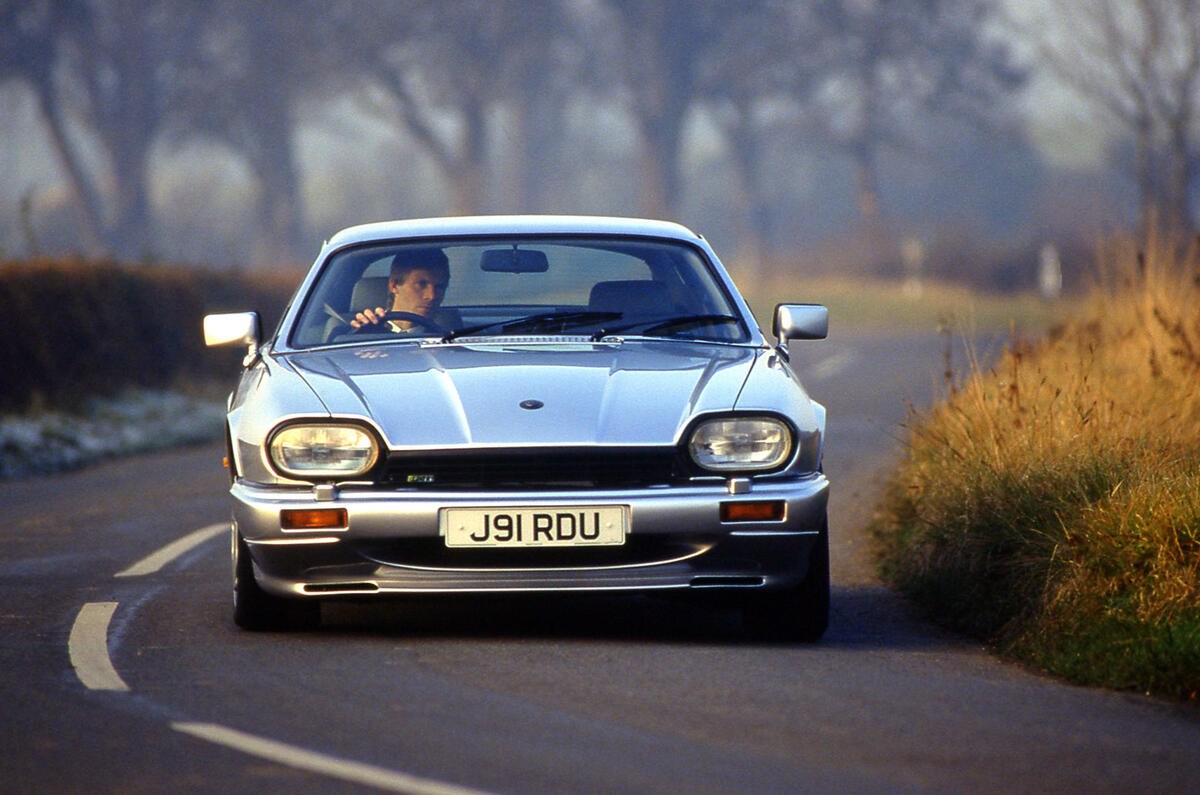

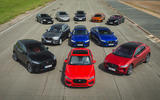
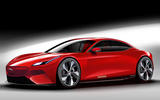
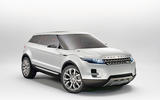


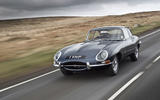
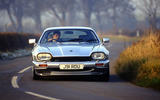






Join the debate
Add your comment
Apart from the issue of poor build quality and poor reliability which have haunted this brand forever and a day. Jaguar have not knocked out anything attractive in terms of their car designs for decades, and I mean decades. They need real talent to enter the fray. Not someone who can apparently talk a bit...
But they scrapped it, after already spending millions on a dedicated platform and a design.
JLR's decision-making is about as focused as a headless chicken.
Talk is cheap and easy, delivery much more of a challenge. After years at Land Rover, can this guy even envisage any shape other than a two box with rounded off corners?
Jaguar need two or three standout cars, with the same impact as the E-Type, Mk2 and XJ6 had in their time. That's a very big ask and I look forward to seeing their efforts.
It's a bit harsh criticising Ian Callum, his predecessor. Callum was given a brief and from that produced three great looking cars in their very different classes, the XF, F-Type and I-Pace. It's not been the design that has let Jaguar fall in the last ten years. It runs much deeper than that.